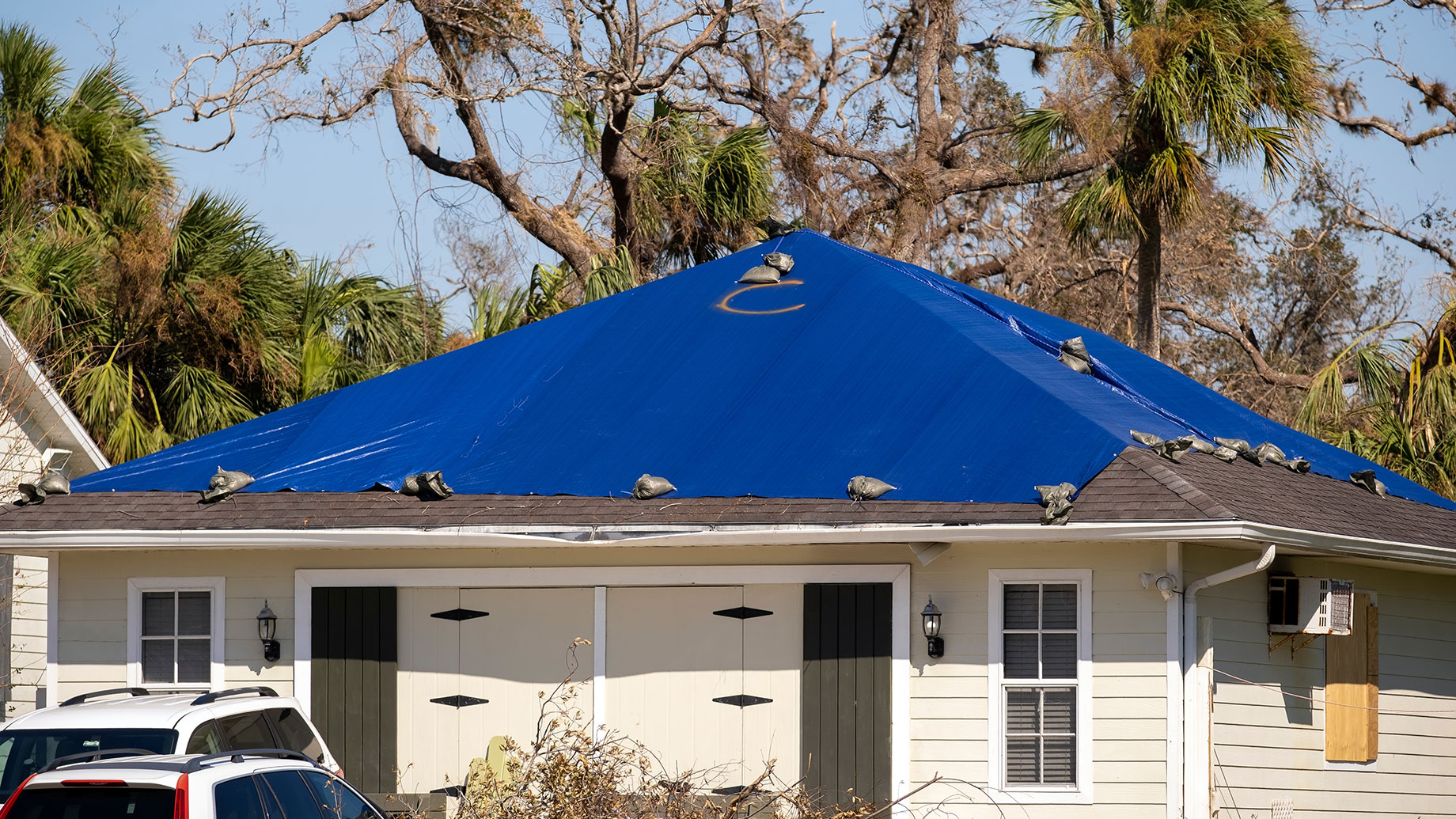
When disaster strikes and your roof is compromised, time becomes your most valuable resource. From sudden hurricanes to tree falls and wind damage, your roof is your first line of defense—and when it fails, the consequences can be severe. That’s when most homeowners rush to Google and type in emergency roof tarping near me, hoping to find fast, professional help. But what exactly is emergency roof tarping, and why is it so critical in protecting your home from escalating damage?
This article offers a clear and comprehensive guide on the value of emergency roof tarping, what the process entails, and how to recognize the signs that your roof needs immediate attention.
What is Emergency Roof Tarping?
Emergency roof tarping is a temporary but essential service used to protect a damaged roof from water intrusion, further structural issues, and additional environmental exposure. Whether your roof was damaged during a storm or suffered unexpected wear and tear, tarping provides a fast, secure solution that stabilizes the situation until permanent repairs can be made.
Roof tarping is not a DIY job—it requires professional evaluation, proper equipment, and expert installation. A poorly installed tarp may allow water to seep into your attic or insulation, leading to mold, electrical issues, or costly repairs. The goal of emergency tarping is simple: minimize damage quickly and give you time to plan for long-term solutions without rushing into a full roof replacement under pressure.
When Should You Search for Emergency Roof Tarping?
Knowing when to call for emergency tarping can make the difference between manageable damage and full-scale restoration.
Here are common signs your home may need immediate roof tarping:
- Visible holes or punctures in the roofing system caused by falling debris or tree branches
- Missing shingles or roofing materials after high winds or hailstorms
- Active leaks that allow water to enter the home during or after rain
- Sagging roof sections indicating internal structural damage
- Flashing failure around chimneys, skylights, or vents
- Storm damage from hurricanes, tornadoes, or tropical depressions
In any of these cases, waiting even a day could lead to more extensive—and expensive—damage. Water infiltration doesn’t just affect your roof; it can seep into your ceilings, walls, flooring, and even your electrical system.
The Process: What to Expect During a Roof Tarping Service
Once you contact a professional for emergency tarping, they will follow a series of steps to ensure your home is protected quickly and correctly.
1. Initial Assessment
A licensed roofing technician will arrive on-site to assess the extent of the damage. They’ll examine the structure, identify entry points for water, and determine whether the area is safe to work on immediately.
2. Damage Documentation
Before installing the tarp, reputable contractors will take photos and document the damage. This is a crucial step for insurance claims, allowing you to prove the damage was caused by an event outside your control.
3. Tarp Installation
Heavy-duty waterproof tarps are cut and positioned to cover the damaged areas completely. The tarps are then secured using wood strips, nails, and industrial fasteners to prevent wind lift and shifting. High-grade tarps are often UV-resistant and rated to withstand the elements for weeks or even months.
4. Follow-Up Plan
A reputable company won’t just tarp and leave. They’ll help you plan for repairs or replacement, give you a timeline, and offer support throughout the insurance claim process. In some cases, they may even work directly with your insurer to simplify the process.
Why Speed Matters in Emergency Tarping
When your roof is damaged, time isn’t on your side. Every hour of exposure increases the risk of mold growth, weakened structures, and rising repair costs. That’s why emergency tarping is not just a temporary fix—it’s a vital part of a long-term preservation strategy.
Delays can result in:
- Mold contamination in drywall and insulation
- Wood rot in framing and trusses
- Electrical hazards from moisture exposure
- Increased insurance costs or denial of claims due to inaction
- Compromised indoor air quality and health risks
The Role of Insurance and Documentation
Many homeowners are surprised to learn that emergency tarping is often covered by insurance policies. In fact, most insurance companies expect homeowners to take immediate action to “mitigate further loss.” If you fail to tarp your roof in time, your claim may be reduced or denied altogether.
That’s why documentation is so important. A professional roofer will take photos of the damage before and after tarping and provide written reports. This creates a clear paper trail that helps expedite your insurance process and ensures your policy requirements are met.
Choosing the Right Provider for Emergency Roof Tarping
When you’re in crisis mode, it’s easy to settle for the first contractor you can find—but choosing the right roofing company is essential. Look for:
- 24/7 availability with a direct emergency contact number
- Licensed and insured technicians who specialize in storm damage
- Proven local experience with reviews that mention emergency services
- Use of high-quality tarping materials and safe installation techniques
- A clear plan for next steps, including repair estimates and inspection reports
Final Thoughts
If your home is ever impacted by sudden roof damage, don’t hesitate. Searching for emergency roof tarping near you should be your first move—and knowing what to expect can make the experience far less stressful.
In Fort Myers and throughout Southwest Florida, one company has become a trusted name for emergency roof tarping: Saint Raphael Roofing. With 24/7 service, rapid response teams, and decades of experience handling Florida’s toughest storms, they’ve earned their reputation as a reliable partner when protection matters most.
Media Contact:
- Company Name: Saint Raphael Roofing
- Phone: (239) 220-5120
- Address: 7911 Drew Cir
- City: Fort Myers
- State: FL
- Postal Code: 33967
- Country: United States
- Website: https://saintraphaelroofing.com/
- Social Media: